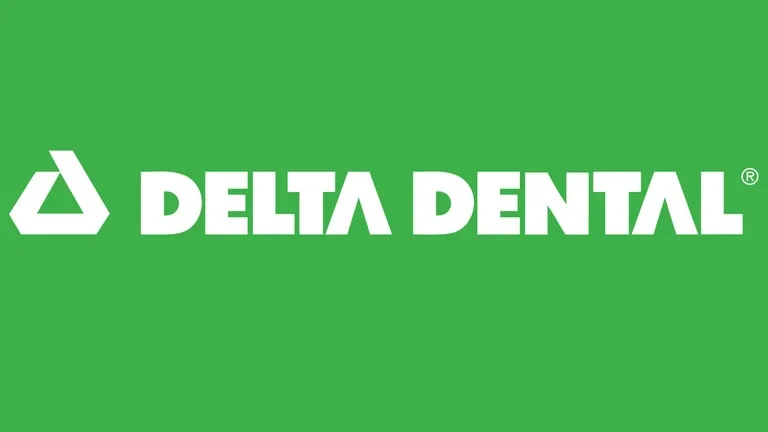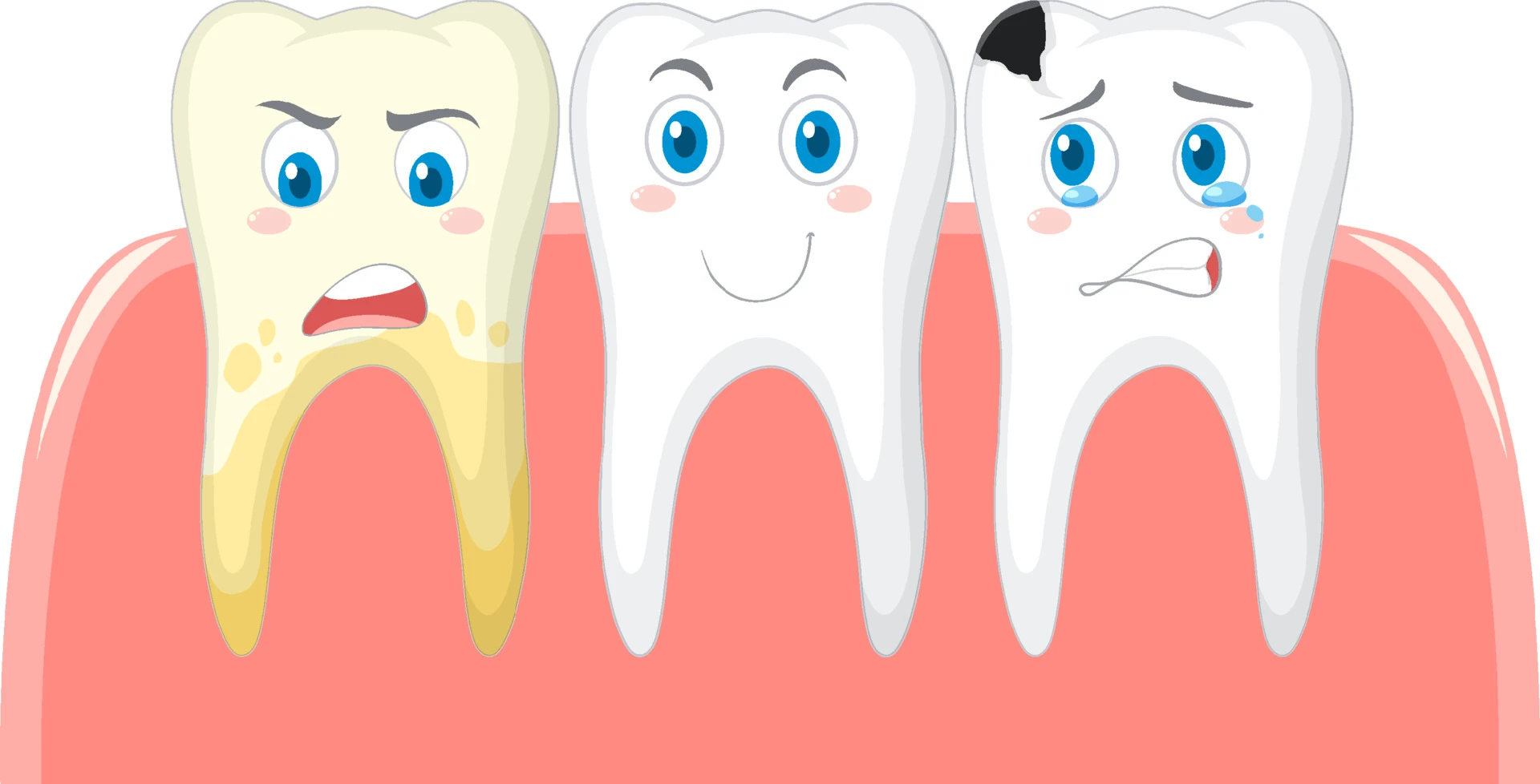Coverage and Scope
Understanding what procedures and treatments are covered under the dental insurance plan and how extensive the coverage is for each.When it comes to dental insurance, it's important to understand what procedures and treatments are covered under your plan. Coverage can vary depending on the insurance provider and the type of plan you have. While dental insurance typically covers basic procedures like check-ups, cleanings, and fillings, coverage for cosmetic procedures may be limited or excluded altogether.
Understanding the Difference
While dental insurance typically covers necessary procedures for oral health, cosmetic procedures are often considered elective and are not covered or may have limited coverage. It's important to review your dental insurance plan to see if cosmetic procedures such as teeth whitening, veneers, or dental implants are covered. If they are not covered, you may have to pay out of pocket for these procedures.
Coverage Limitations
While dental insurance plans generally provide coverage for essential oral health treatments, such as check-ups and fillings, the coverage for cosmetic procedures is often limited or excluded altogether. Before undergoing any cosmetic dental treatment, it is crucial to review the specifics of your plan to determine what is covered and what is not.
Commonly, dental insurance plans may have restrictions on cosmetic procedures. For instance, they may only cover a portion of the cost of the treatment, leaving you responsible for the remaining expenses. Additionally, some plans may require you to wait for a specified period before coverage becomes applicable. To avoid surprises and financial burdens, it is recommended that you consult your dental insurance provider directly to gain a clear understanding of the limitations and coverage amounts for any cosmetic procedures you may be considering.
Another essential aspect to consider when it comes to coverage limitations is the distinction between necessary treatments and elective cosmetic enhancements. While basic oral health treatments are typically covered by dental insurance plans, cosmetic procedures like teeth whitening, veneers, and orthodontic treatments for cosmetic purposes may not be included. Therefore, if you are contemplating any cosmetic enhancements, be prepared to potentially bear the expenses out of pocket if your insurance does not provide coverage for such procedures. Always check with your dental insurance provider to ascertain the coverage terms and discuss alternative payment options or financing plans that may be available to assist you in making these treatments more accessible.
Common Cosmetic Procedures
While dental insurance plans primarily focus on necessary treatments for oral health, there are certain cosmetic procedures that may or may not be covered, or have limited coverage. Being familiar with the most common cosmetic procedures and how they align with your insurance coverage can help you plan and make informed decisions.
Teeth whitening is a popular cosmetic procedure that aims to enhance the appearance of your smile. However, many dental insurance plans consider it an elective procedure and may not offer coverage. Similarly, veneers, which are thin shells placed on the front of teeth to improve their appearance, are often categorized as cosmetic and may not be fully covered or even covered at all under dental insurance policies.
Cosmetic bonding, which involves using tooth-colored resin to repair or enhance the appearance of chipped or discolored teeth, may also have limited coverage under dental insurance. Additionally, orthodontic treatments, such as braces or aligners, that are solely sought for cosmetic reasons may not be fully covered, or there may be age restrictions in place.
Possible Out-of-Pocket Expenses
If your dental insurance plan does not cover cosmetic procedures, you may have to pay for these treatments on your own. It's a good idea to discuss the costs and payment options with your dentist or orthodontist, as they may offer financing plans or other alternatives to help make these procedures more accessible.
Orthodontic Considerations
Dental insurance may provide some coverage for orthodontic treatment, such as braces or aligners, but it's important to understand the limitations and requirements. Some insurance plans may only cover orthodontic treatment for children or have age limitations. It's best to check with your insurance provider and orthodontist to determine the coverage available for orthodontic procedures.
Insurance Plan Options
Take the time to research and compare different insurance plans to find options that offer coverage for cosmetic procedures. Some dental insurance plans may provide comprehensive coverage for a range of cosmetic treatments, such as teeth whitening, veneers, or orthodontic procedures purely for cosmetic purposes. These plans typically come with higher premiums, but they can be worth considering if you have specific cosmetic goals in mind.
In addition to dedicated cosmetic coverage plans, some insurance providers may offer enhanced coverage options as add-ons to their standard plans. These add-ons can provide increased coverage for cosmetic procedures, allowing you to maximize your insurance benefits when seeking cosmetic enhancements.
Alternatively, if your current dental insurance plan falls short on cosmetic coverage, you may want to explore other options outside of traditional insurance. Some dental clinics offer in-house membership plans or discount programs specifically designed to reduce the cost of cosmetic procedures for their patients. These alternative options can provide savings and discounts, making cosmetic treatments more affordable without relying solely on insurance coverage.
Combining Medical and Cosmetic Procedures
Depending on the nature of the cosmetic procedure, there may be instances where dental insurance can provide coverage if the procedure is deemed medically necessary. For example, if a dental implant is required to restore oral function, insurance may cover a portion of the cost. It's important to consult with your dentist and insurance provider to determine if any coverage is available for combined medical and cosmetic procedures.
Alternatives to Dental Insurance
Some dental clinics offer in-house membership plans or discount programs that can help reduce the cost of cosmetic procedures. Additionally, there are third-party financing options available that allow you to pay for the treatment over time.
In summary, dental insurance coverage for cosmetic procedures can vary depending on the insurance plan. While basic dental care is typically covered, cosmetic procedures may have limited or no coverage. Understanding the coverage limitations, possible out-of-pocket expenses, and alternative options can help you make an informed decision about cosmetic dental treatments. Always consult with your dentist or orthodontist and review your dental insurance plan to fully understand the coverage and costs associated with cosmetic procedures.



